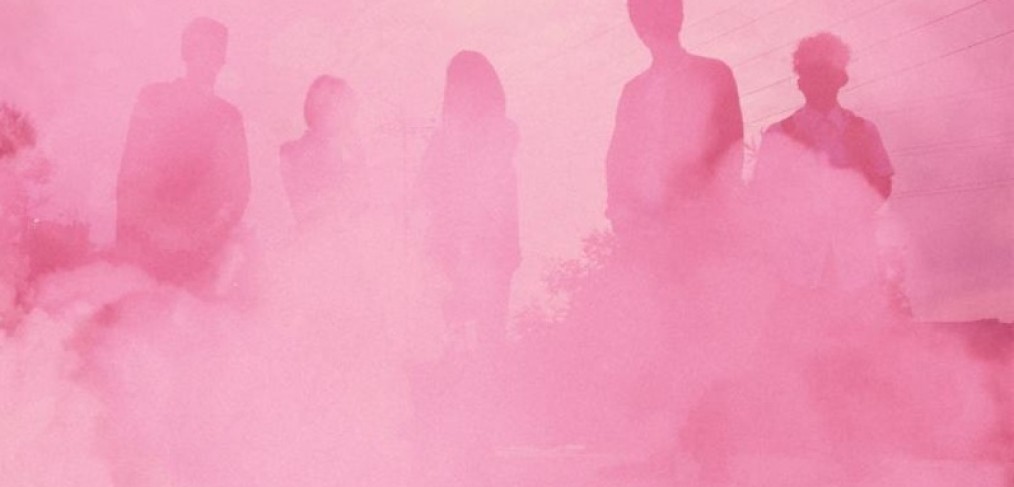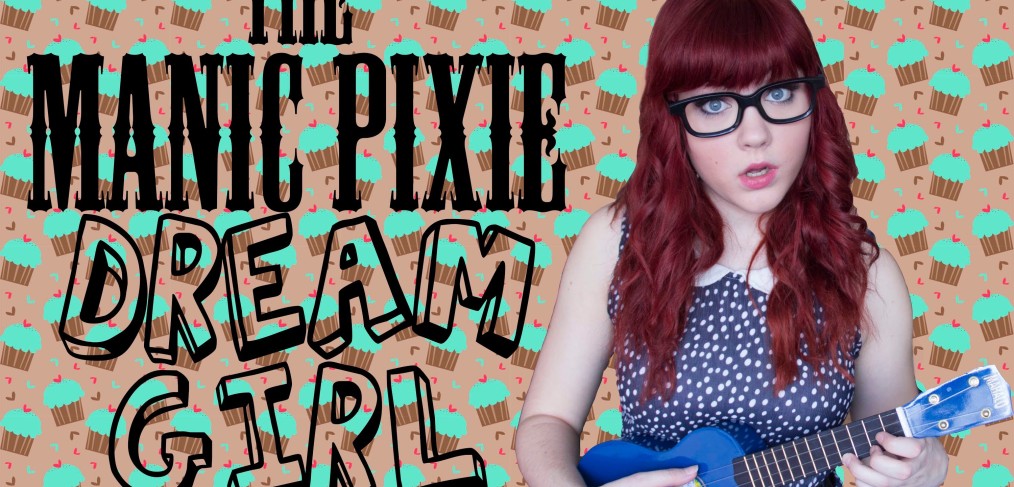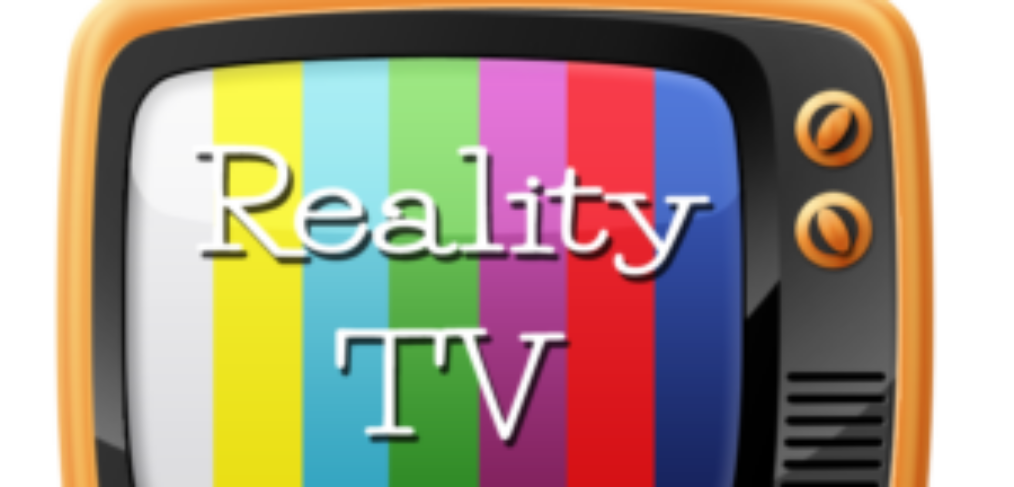If you are a music library representing a specific style or multiple styles of music from many different composers or songwriters, it is important to create a keyword schema or taxonomy that fits. I will break down a step by step approach for taxonomy creation. Certain basic factors to begin with, is making sure you […]
Genre and Sub-genre are the most important fields when organizing your library. Using standard Genres are very important and should be created based on the styles of music you represent. There are different guidelines behind populating these fields. The most common is to populate a one genre tag and up to 4 sub-genre tags. […]
Tagging instruments can sometimes be trickier than you think. In this blog, I offer some tips for identifying instrumentation that stand out in a song. I have chosen 3 different general styles of music that often come up when tagging production music: Orchestral, Electronic, Indie. When extracting the instruments that the dominant factor in a composition, […]
Dream Pop-Shoegaze, Chillwave and Post Rock are sub-genres that have some tie overs and common musical elements that are worth discussing. In this blog, I will discuss each sub-genre’s instrumentation, texture, moods, effective Industry usage key-wording, and Trailers that use these styles. Dream Pop-Shoegaze The most defining elements of Dream Pop are the use of […]
What is a Manic Pixie Dreamgirl? “That bubbly, shallow cinematic creature that exists solely in the fevered imaginations of sensitive writer-directors to teach broodingly soulful young men to embrace life and its infinite mysteries and adventures.” – Nathan Rabin avclub.com The term “Manic Pixie Dream Girl” was coined in 2007 by film critic Nathan Rabin. […]
Reality show music is a style that is formulaic and contains distinct elements that are used universally irregardless of Musical genre. Some of these elements include: underlying pulsing drones, beds, heavy percussive hits, quick mood transitions, rises, sound design, tension and builds. These elements are the bells and whistles that create high level energy and […]
This info may be of interest for those who work with indie artist submissions for TV/Film. We created a platform to rank music in the criteria of production quality, sync-ability, overall musicianship, songwriting and BPM. We hope this strategy will help in organization and speed for getting through thousands of tracks.
Swagger Music, is a style of music that evokes a sense of cool, hip, slick and sometimes sultry moods. It can be used in scenes that involve “the cool walk” with the “I’m tough” look.
Swagger music can be considered a sub-genre or found as a “Style” tag or “Music For” tag.
Here are some examples of how certain genres of music can be used in a “Swagger” scene.
There are many sub-genre categories for the vast and general term Electronic or Electronica music. When tagging I like to categorize the terms as follows:
Genre: Electronic
Sub-Genre: Ambient, Ethereal, New Age, Downtempo/Chill Out, Lounge
Genre: Electronica
Sub-Genre: Techno, House, Deep House, Tech House, Progressive House, Electro House, Dubstep
Trance, Rave
Since the realm of Electronic music is ever changing and new sub-categories tend to pop up, it is helpful to stay informed of these specific styles and knowing some of the traits and influential artists that play major roles within these sub-genres.
When tagging moods, I like to approach this with a strategy or plan that is similar to the logic of deductive reasoning (more general to more specific). By using general mood tags such as “Happy” or “Sad” and choosing tags that specifically fit under this category can help to effectively describe the intention of a song. Using mood tags in relation to Genre/Sub-genre tags can help the process.




